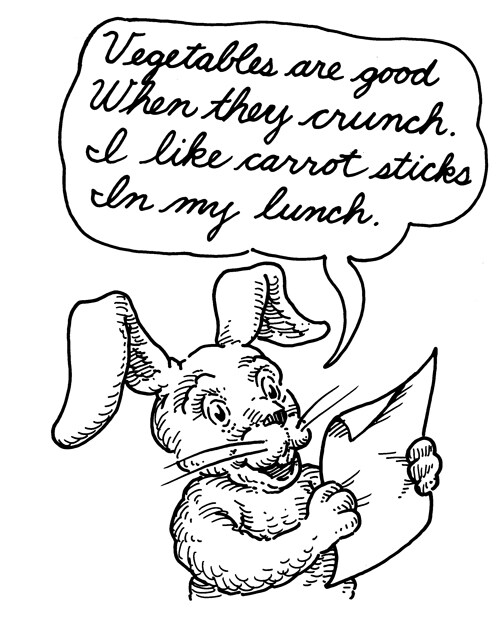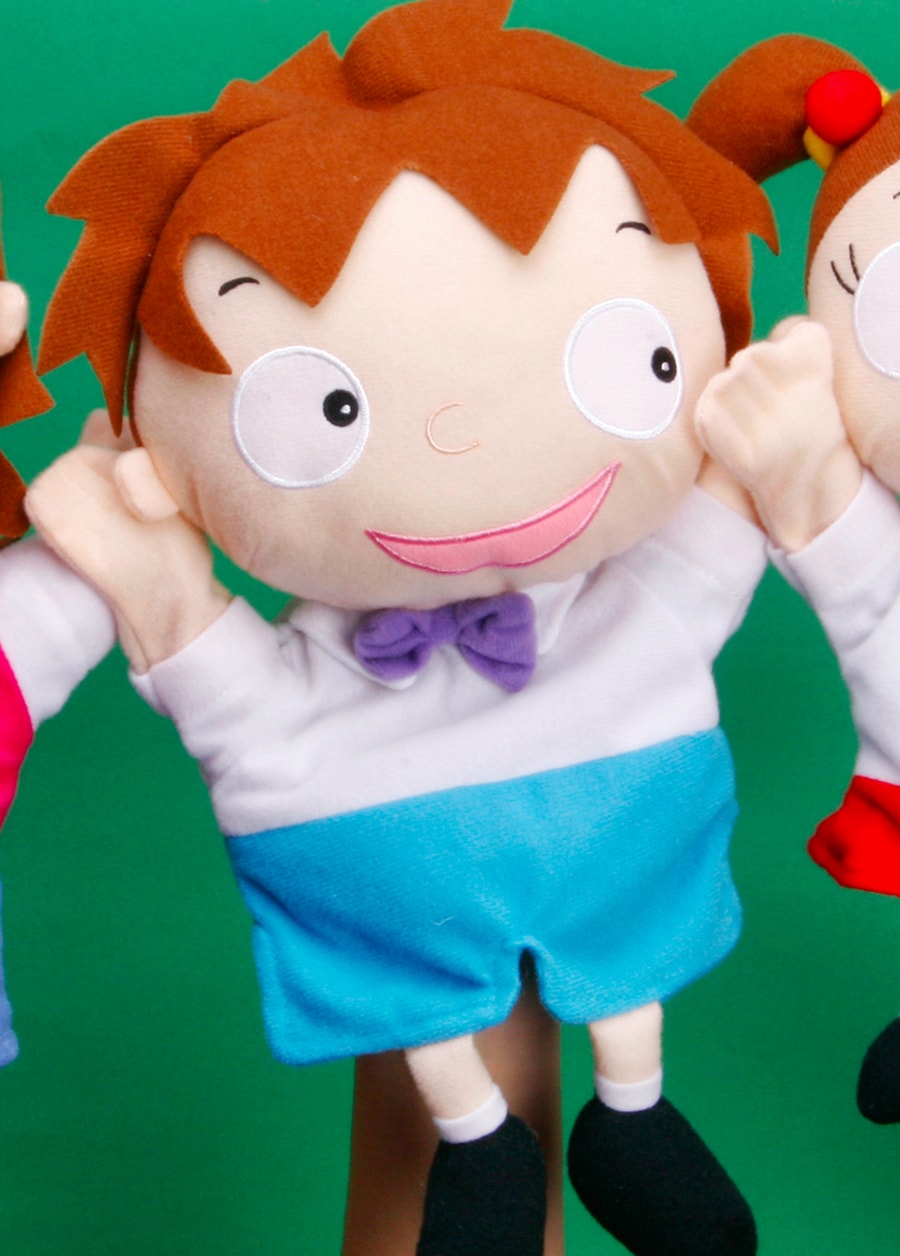Special Awareness Days
March 21st - World Poetry Day

Ready to Order?
If you are ready to order, please contact Customer Service:
Telephone: 1 (800) 361-6128 Fax: 1 (800) 563-9196
Introduction
In 1999, UNESCO (the United Nations Educational, Scientific and Cultural Organization) declared March 21st as World Poetry Day. Designed to promote the love of poetry through reading, writing, listening and composing, World Poetry Day celebrates all types of poetry and all poets, from Shakespeare to Dr. Seuss!
A wide variety of sources exist online for poetry to share with children and teens. This organization is a great place to start.

(K-2) Listening, Speaking, Art, Emotions
Read the poem, “Five Little Flowers” (Author Unknown)
Five little flowers growing in a row,
The first one said, “I’m purple you know.”
The second one said, ‘I’m pink as can be.”
The third one said, “I’m blue like the sea.”
The fourth one said, “I’m a very red fellow.”
The fifth one said, “My colour is yellow.”
Then out came the sun, big and bright
And five little flowers smiled in delight.
Explain that what you read to them was a simple poem. Ask students whether they liked the poem and why. Do they know any other poems they can share?
Ask students to select one of the colours in the poem (purple, pink, blue, red, and yellow). Invite each student to draw and colour things that represent the colour they have been given. They may use crayons, markers, paint, construction paper, words, pictures etc.
Once the artwork has been completed, have students re-read the line that is specific to each colour. Invite all students to show their artwork as they share the line that represents their colour.
Ask:
- Did you enjoy this activity? Why?
- Why did you choose a certain colour?
- How does this colour make you feel?
Invite students to bring in any books from home that contain poems.
(3-5) Listening, Reading, Speaking, Writing, Art
Ask students if they can tell you what poetry is. Share ideas and offer the following as some of the elements of poetry:
- Poetry is a genre of literature.
- Poems are often written in verses or stanzas.
- Poems typically have a rhythm or “beat.”
- Poetry often evokes feelings or moods.
- Comparisons are often used in poetry.
- Poems often create a picture in the reader’s mind.
- Poems do not have to rhyme.
Collaborate with students to write a short poem that rhymes. The first step is to select a word to put in the center of a page, and then brainstorm words that rhyme with it. Suggest that students pick a simple word that would have lots of rhyming options such as an animal, a colour, an emotion, etc. Record the rhyming words suggested by the class.
After the brainstorming map has been created, work as a class to compose a simple poem, using the words they generated in the brainstorm. They may also choose to illustrate their poem.
Ask:
- Did you find this activity easy or difficult? Why?
- Do you think it is easier to write a rhyming poem or one that doesn’t rhyme? Why?
- Why do you think all people regardless of age enjoy poetry?
Take the activity a step farther by inviting the groups to now write a simple poem that doesn’t rhyme!
(6-8) Listening, Speaking, Reading, Writing, Representing
Ask students how poetry is different from other forms of literature. For example, when you flip through a book, how do you spot poems, compared to short stories, a novel, etc.? Share responses and then try as a group to draft a description of poetry. Offer the following as some of the elements of poetry:
- Poetry is written in lines.
- Groups of lines with breaks in between are called stanzas or verses (as opposed to sentences and paragraphs).
- Poetry often has a rhythm or “beat.”
- Figurative language (such as simile, metaphor, personification) is often an important element.
- Poetry often uses rhyme.
- A poem typically has a mood (humorous, sad, happy, etc.) and appeals to the reader’s emotions.
You may also wish to refer to the following resources:
What does prose and poetry mean? What's the difference?
Poetry and Prose: What's the Difference?
Explain that there are many forms of poetry. Here are a few:
- Acrostic: A poem where the first letter of each line spells out a word.
- Cinquain: A five line poem that does not rhyme
- Line 1: 2 syllables
- Line 2: 4 syllables
- Line 3: 6 syllables
- Line 4: 8 syllables
- Line 5: 2 syllables
- Haiku: A three line poem that has 17 syllables
- Line 1: 5 syllables
- Line 2: 7 syllables
- Line 3: 5 syllables
- Shape Poem: A descriptive poem that is written in the shape of the subject.
Invite students to select one of the poetic forms above, research it, and review some samples. Once they are familiar with the characteristics of that form, they use it to compose their own poem. Share with the class and ask:
- What did you like about this activity?
- What did you learn about poetry?
- Why do you think young and old enjoy poetry all over the world?
- What is the favourite poem you heard today? Why?





